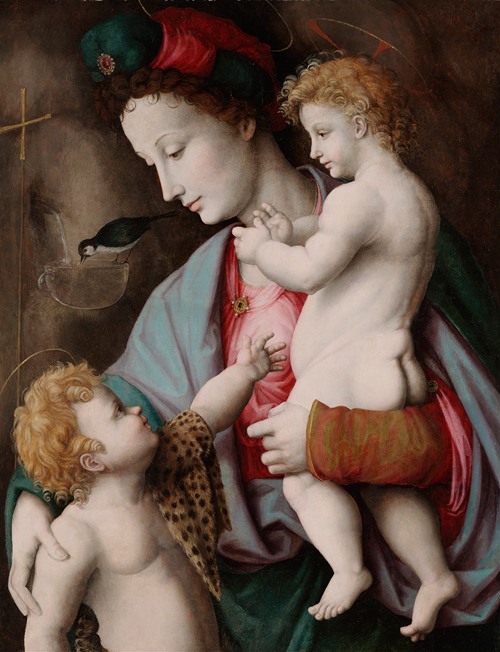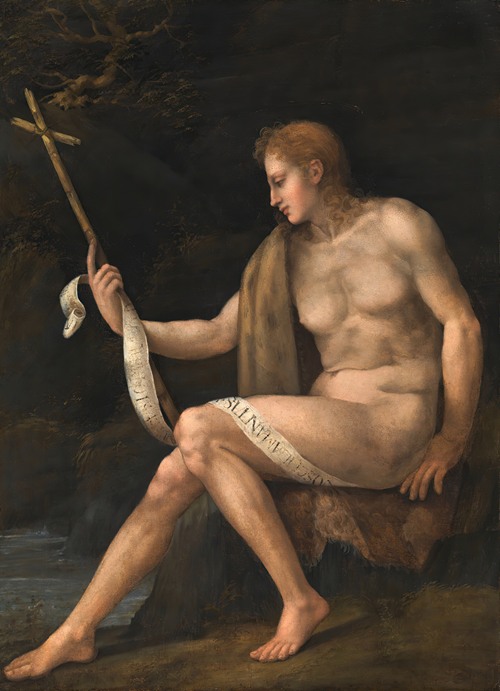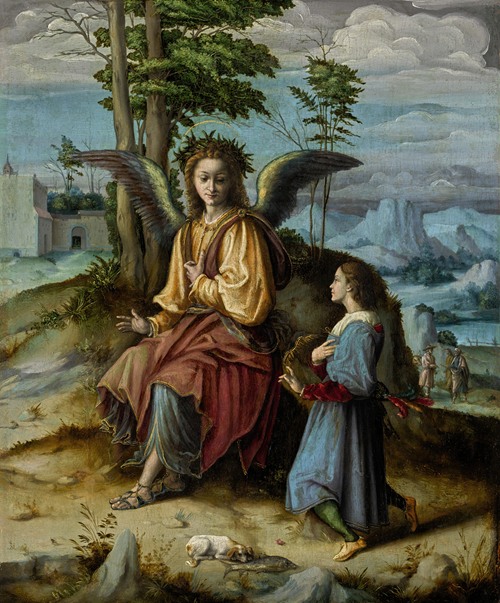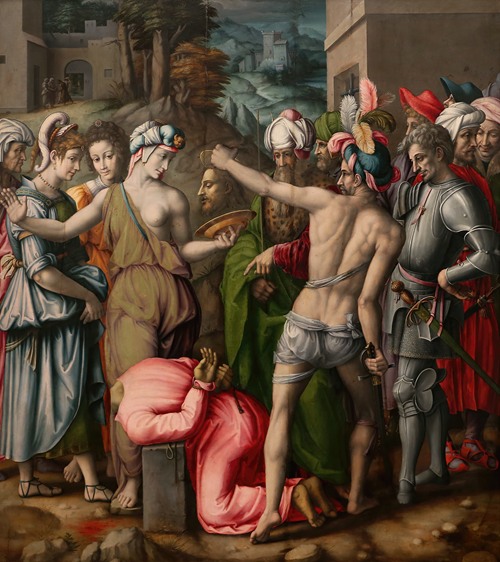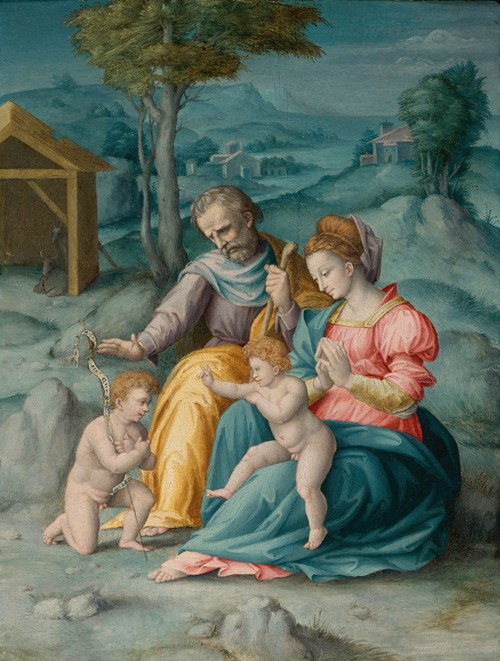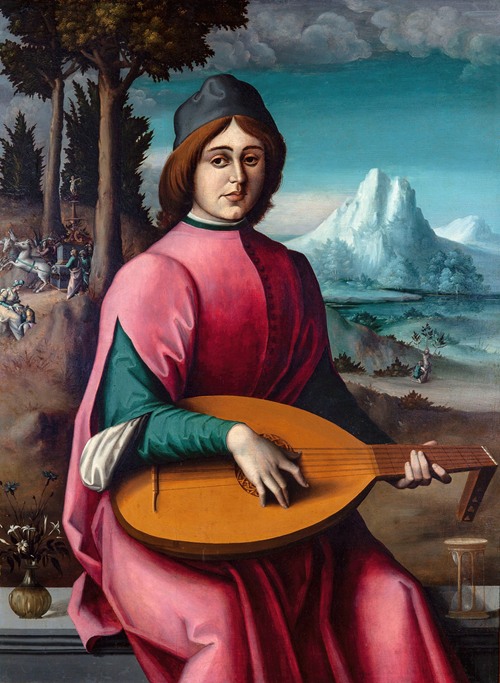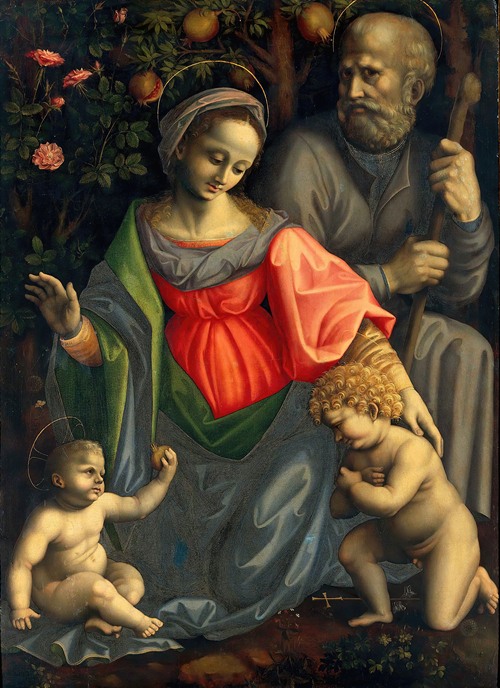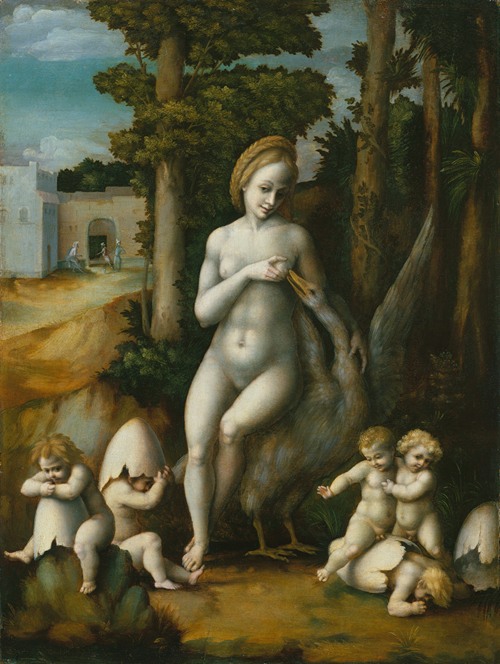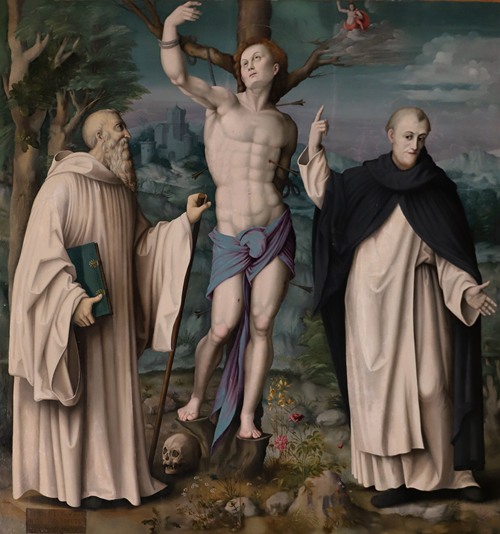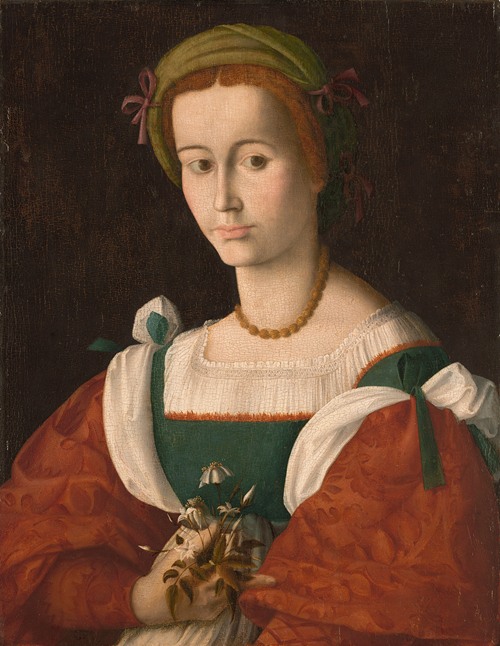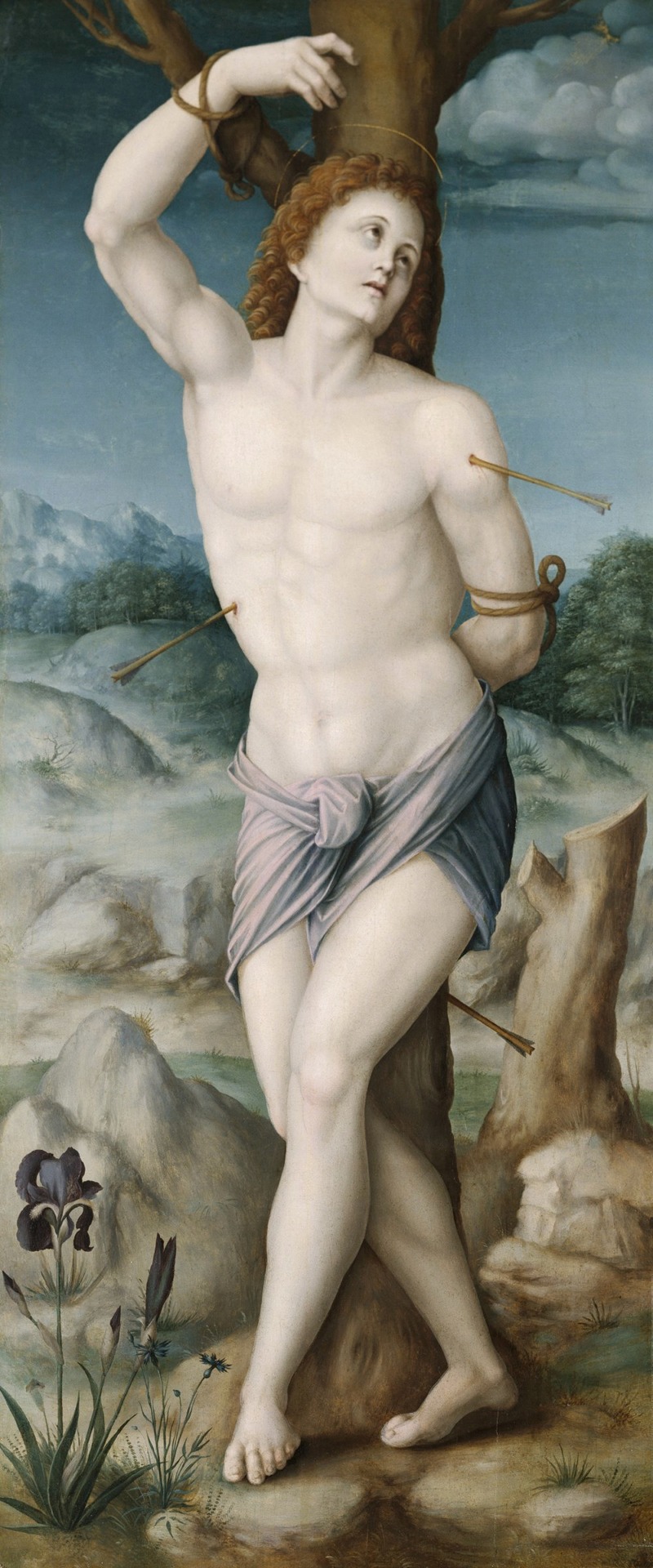
Francesco d'Ubertino Verdi, called Bachiacca. He is also known as Francesco Ubertini, il Bacchiacca. He was an Italian painter of the Renaissance whose work is characteristic of the Florentine Mannerist style.
Bachiacca was born and baptized in Florence on 1 March 1494 and died there on 5 October 1557.
Bachiacca belonged to a family of at least five, and possibly as many as eight artists. His father Ubertino di Bartolomeo (ca. 1446/7-1505) was a goldsmith, his older brother Bartolomeo d'Ubertino Verdi (aka Baccio 1484-c.1526/9) was a painter, and his younger brother Antonio d'Ubertino Verdi (1499–1572)—who also called himself Bachiacca—was both an embroiderer and painter. Francesco's son Carlo di Francesco Verdi (-1569) painted and Antonio's son Bartolomeo d'Antonio Verdi (aka Baccino -1600) worked as an embroiderer. This latter generation probably continued to produce paintings and embroideries after Bachiacca's death and until the Verdi family extinguished about the year 1600.
Bachiacca apprenticed in Perugino's Florentine studio, and by 1515 began to collaborate with Andrea del Sarto, Jacopo Pontormo and Francesco Granacci on the decoration of cassone (chest), spalliera (wainscot), and other painted furnishings for the bedroom of Pierfrancesco Borgherini and Margherita Acciauoli. In 1523, he again participated with Andrea del Sarto, Franciabigio and Pontormo in the decoration of the antechamber of Giovanni Benintendi. While he established a reputation as a painter of predellas and small cabinet pictures, he eventually expanded his output to include large altarpieces, such as the Beheading of St. John the Baptist, now in Berlin.
In 1540, Bachiacca became an artist at the court of Duke Cosimo I de' Medici (reg. 1537-1574) and Duchess Eleanor of Toledo. In this capacity, Bachiacca was a colleague and peer of the most important Florentine artists of the age, including Pontormo, Bronzino, Francesco Salviati, Tribolo, Benvenuto Cellini, Baccio Bandinelli, and his in-law, the sculptor Giovanni Battista del Tasso.
Bachiacca's first major commission was to paint the walls and ceiling of the duke's private study with plants, animals and a landscape, which remain an important testimony of Cosimo's interest in botany and the natural sciences.
